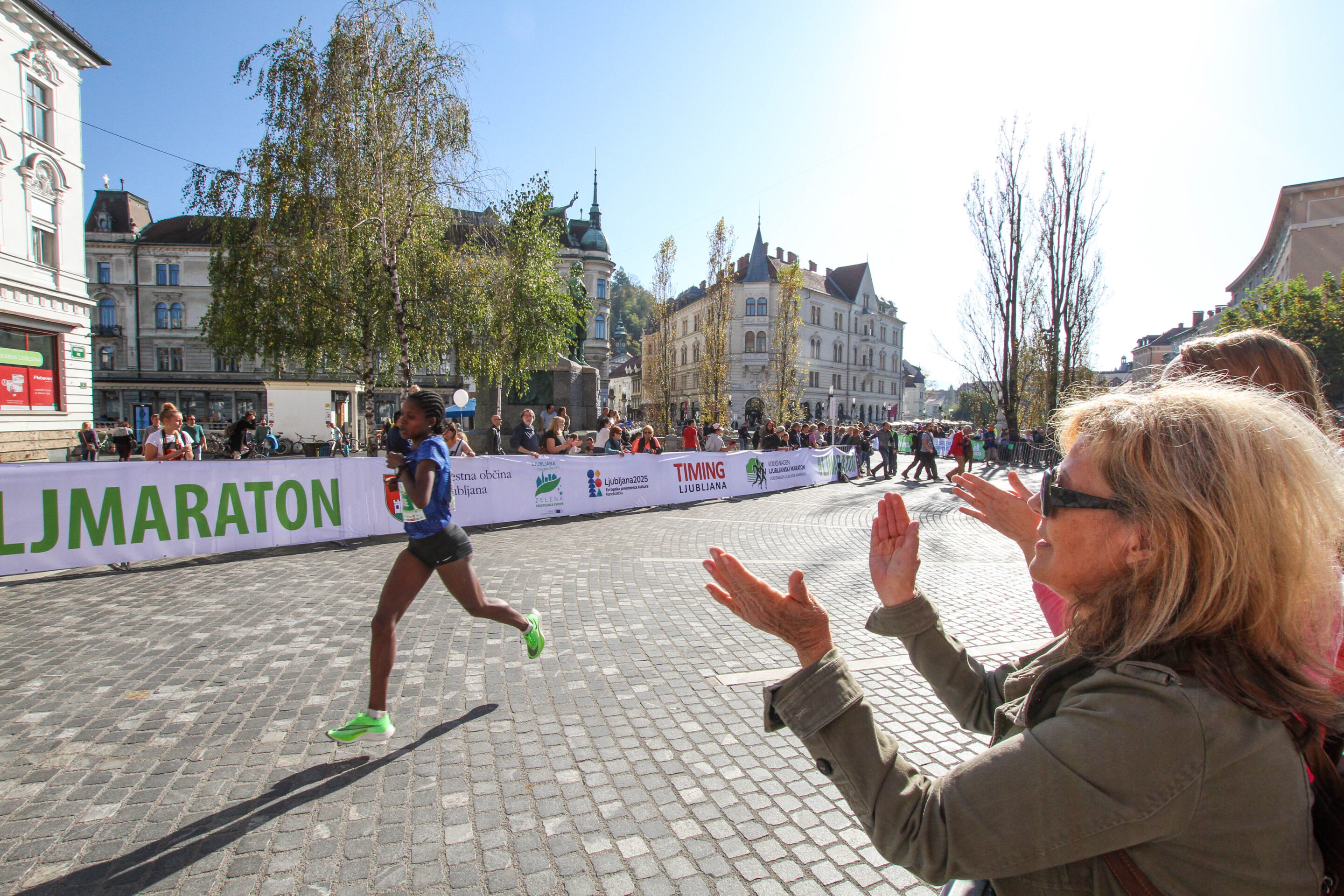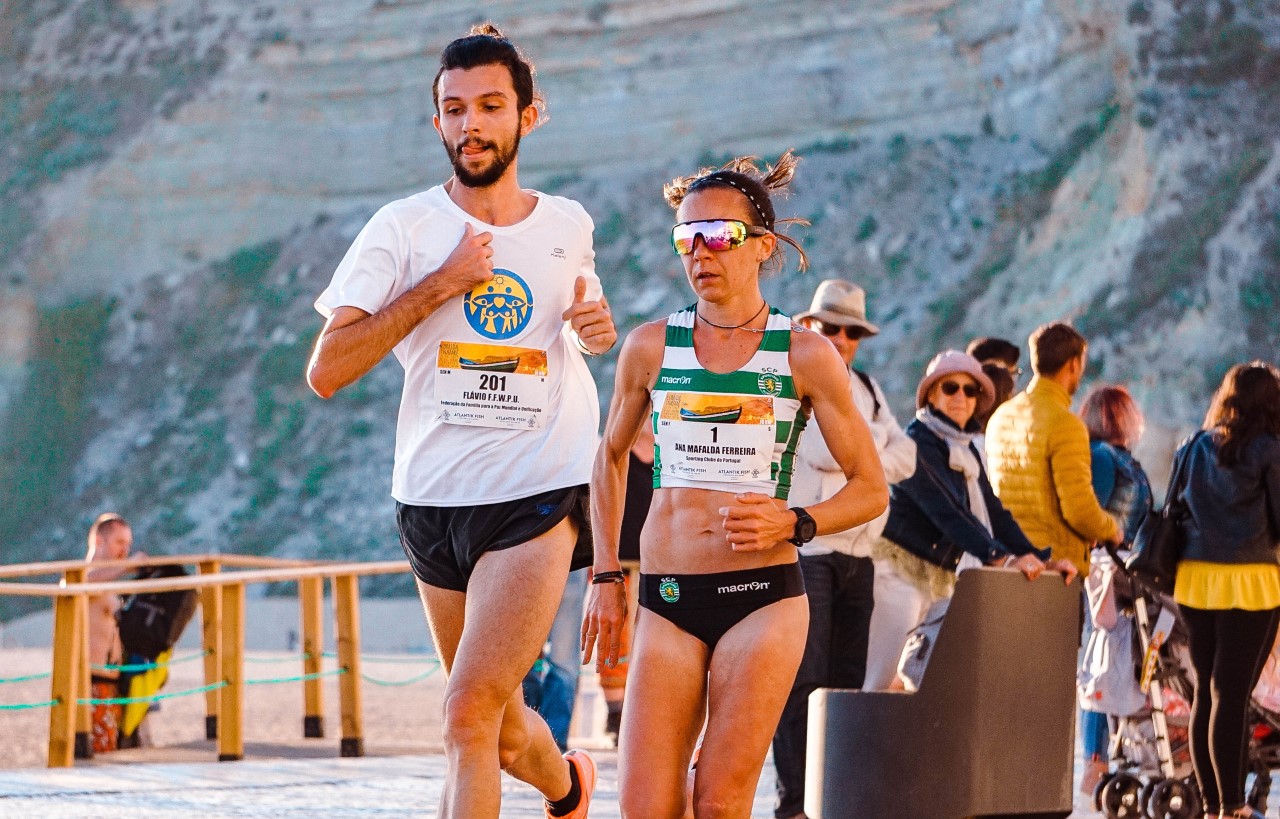9-5? Try 8-8. How to Crush Your Busy Job and Maintain Your Health
For many of us, the traditional job of 40 hours per week, from 9:00 am to 5:00 pm is a thing of the past. If you’re fortunate enough to work at a startup or more flexible spot that has work from home options, it can sometimes be a little easier to fit physical (and mental) breaks into your day. However, there are still plenty of positions and roles that can be much more demanding and require you to be present or at least on-call for well over 40 or 50 hours per week. Hopefully you love your job if this is you – but it can make time for exercise a definite challenge.
We’ve compiled our top hacks to staying healthy when you feel like you’ve got zero time to spare. We all know the benefits of exercise: Improved anxiety and/or depression, improved self-confidence and mood, and a decreased stress response, not to mention improved blood sugar regulation and weight control, but let’s be honest – life can be really, really busy. Here’s how you can make – and keep! – an exercise routine no matter what the weeks throw at you.
Hack #1: Choose your activity based on how you want to feel.
A common mistake that we often make is trying to convince yourself to get into an activity that you…don’t even like. Maybe you read an article about how something like swimming is fantastic for your health. So you head to the pool on a Sunday afternoon and buy a pass. Once you hit the changeroom, you realize that it’s kind of chilly and cold, you forgot your flipflops and the floor is a bit gross, the pool temperature is less than ideal, and the lanes are so crowded you spend your whole time stressing about how fast or how slow you should be going and in what lane you should be in. For a few weeks you force yourself out the door, but the pool still feels cold, and your still getting kicked in the face with people on a busy weekend. Soon enough, your fresh new habit has fallen by the wayside, along with your wet bathing suit and goggles. Because wait, did you ever consider if you even really liked swimming? Especially for those taxed for time, ask yourself, what do I like doing? More importantly – How do I want to feel?
If you’re mega stressed and craving something intense, an instructor-lead cardio workout not only takes your mind off your stresses, but gets you out of your brain and kickstarts your endorphins. Or if you feel exhausted and fatigued, maybe you want to feel more rested. Perhaps try an easy yoga class to ease stress and just get your body moving in positions that are away from the desk. If you’re somewhere in the middle and feeling ambivalent about really anything at all, nothing does the trick better than a brisk walk around the block, even for 15-20 minutes. We all know activity and exercise makes you feel better, but you’re much more likely to stick with it when you can look forward to the thing that you know will do just the trick for you on any given day.
Hack #2: Change it up.
While many of us are self-professed creatures of habit, studies in habit-building psychology and in “sticktoitiveness” have shown time and time again that we’re much more likely to stick with a goal for the long term when we can make small microchanges to it day-to-day and week-to-week. For example, have you ever bought a new pair of running shoes and been really excited to try them out? Your run that day probably felt much more exciting and fun because of your new kicks!
By ever so slightly changing up your routine, you can keep things fresh and exciting, and trick your mind into looking forward to things that are sometimes less desirable. If you’re starting to feel stuck in a fitness rut, think about trying something new, or maybe asking a friend what they’ve been doing lately and joining them someplace you haven’t been before. There are always new and exciting places to check out in the city – and here at Altitude, we can’t wait to open our doors as the first and only place to offer altitude training in a 1,100 sq ft. chamber. Now that’s something fresh and different to get excited for!
Hack #3: Small things equal big things.
Sometimes there are just those days where you are not going to get a workout in. A deadline, having to pick up your child from daycare because your partner is sick, or just a day where you can’t get on the ball – these things happen. One of the easiest and simplest ways to get even a little bit of health and fitness (and sanity) in on these days is to inject “movement snacks” into your day. For example, if you struggle with back pain, make an effort to do a few little back bends and 10 mini squats every time you refill your water or go to the bathroom. If you go to the bathroom 6 times, you’ve now done 60 squats in the day. If you have a wonky shoulder or neck, invest $8 into a stretchy band and keep it in a desk drawer. Every hour, make a deal with yourself to take a five-minute break, grab your band, and do a quick shoulder stretch. Not only will this help combat postural-related problems like headaches and neck pain, but also gets your blood flowing and gives your brain a second to reset. No one can work straight through for 10 hours a day without some breaks. You owe it to yourself to take these little breaks, and when you finally head home at the end of the day, your body will thank you.
Hack #4: Check your health insurance policy or corporate discounts.
You’re paying into it, don’t let it go to waste! People often wait until December and realize that they have unspent dollars of massage, physiotherapy, or acupuncture. Not only are these things great for stress management, but a good physio clinic will include a home exercise programs for you, or they can work with your particular lifestyle to help put together something specific for your needs and in line with what’s available to you. If you aren’t a gym person, you can absolutely still do equipment-free, home exercises that pack a ton of benefit. You don’t have to be hurt to utilize these services! Also be sure to check out if your company has any discounts to local gyms or other hot fitness spots – use those perks! You’ve earned it.
Always remember that your work reflects your own well-being. One of the greatest gifts you can give yourself is a sound body and a sound mind.Fitness can come in all types of forms, whether it’s a few pushups at your desk while on a call, or kicking it on a treadmill in a high-energy class at 6 am. Remember that there’s no one-size-fits-all approach, and you have to make it work for you. Above all, enjoy it, and feel good about how amazing your body and mind truly is.

About the Author:


